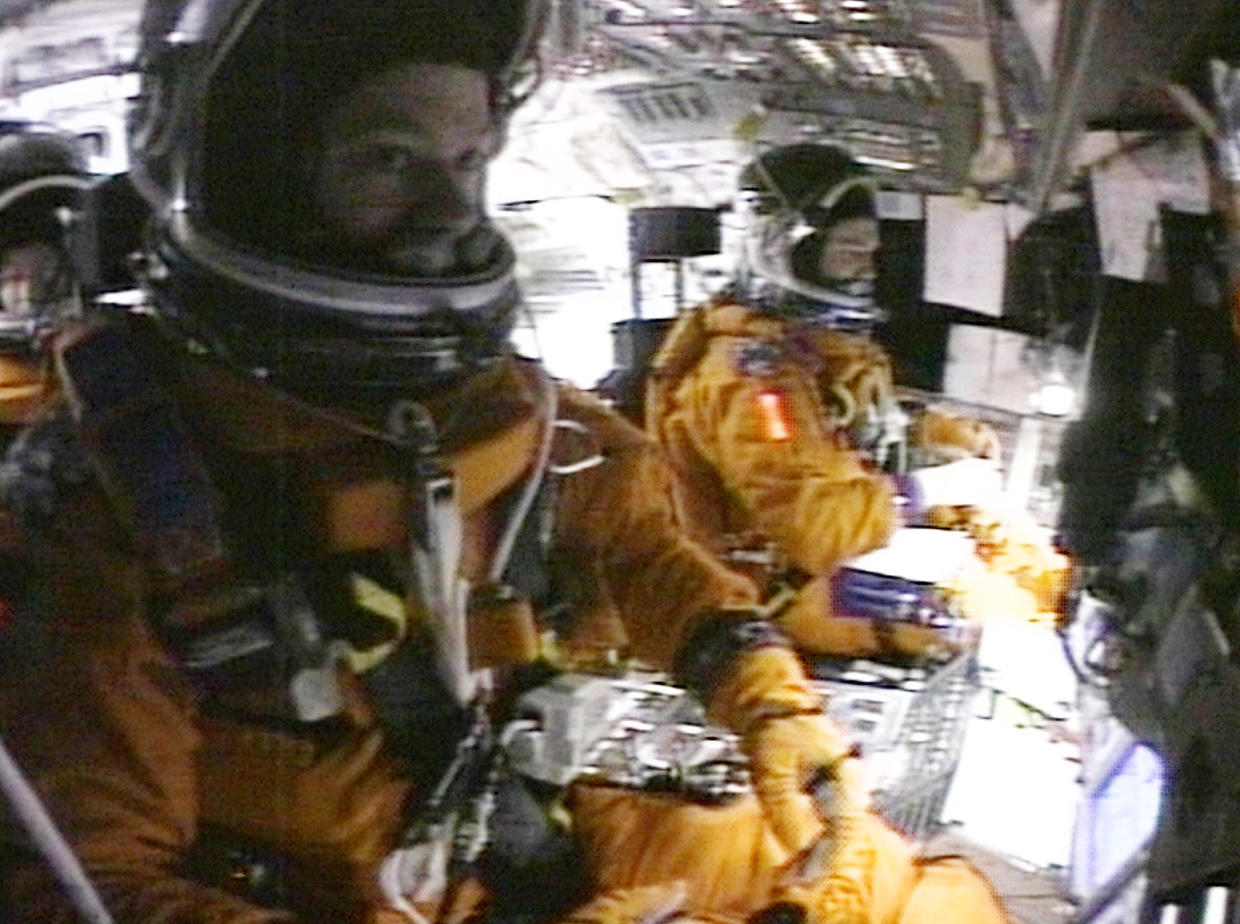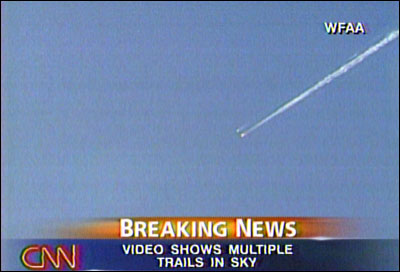

Anderson Hall, in the Columbia Village apartments at the Florida Institute of Technology is named after him.Asteroid 51824 Mikeanderson was posthumously named after Anderson.The science and math wing of Cheney High School is dedicated to his memory.State Route 904, running through Cheney, Washington, where he graduated from high school, was renamed in his memory.Sign along Washington State Route 904, commemorating Anderson sang tenor in the church's choir. Īnderson and his family lived in Houston at the time of his death, where they attended Grace Community Church.

He was also survived by his parents and three sisters. Prior to the final launch of the Columbia, Anderson told reporters: "There's always that unknown." Personal life Īnderson was survived by his wife, Sandra Hawkins, and two daughters, Kaycee and Sydney. The Columbia Accident Investigation Board reported that, in addition to the Columbia 's physical damage, NASA's management culture was partly responsible for the disaster. The mission's duration was 15 days, 22 hours, and 20 minutes. During re-entry, the hole allowed super-hot atmospheric gases to penetrate the orbiter's wing, leading to its destruction. Unbeknownst to her crew, the orbiter had suffered critical damage during its launch on January 16, when foam from the fuel tank's insulation fell off and tore a hole in Columbia's left wing. On February 1, 2003, the shuttle was returning to Earth after a successful 16-day trip to orbit, where the crew had conducted more than 80 scientific experiments. Anderson served as payload commander and lieutenant colonel in charge of science experiments on the Columbia, NASA's oldest shuttle. STS-107 Space Shuttle Columbia (January 16-February 1, 2003). Main article: Space Shuttle Columbia disaster Undergraduate Pilot Training Academic Achievement Award for Class 87-08 Vance AFB.The Armed Forces Communication Electronics Associations Academic Excellence Award.Distinguished graduate, USAF Communication Electronics Officers course.He was one of 19 candidates selected from a pool of 2,962 applicants. Īnderson had logged more than 3,000 hours of flight time when NASA selected him for astronaut training in December 1994. įrom September 1992 to February 1995 he was assigned as an instructor pilot and tactics officer in the 380th Air Refueling Wing, Plattsburgh Air Force Base, New York.

įrom January 1991 to September 1992, he served as an aircraft commander and instructor pilot in the 920th Air Refueling Squadron, Wurtsmith Air Force Base, Michigan. Upon graduation he was assigned to the 2d Airborne Command and Control Squadron, Offutt Air Force Base, Nebraska as an EC-135 pilot, flying the Strategic Air Command's airborne command post code-named " Looking Glass." He completed his master's degree while stationed at Offutt. In 1986, he was selected to attend Undergraduate Pilot Training at Vance Air Force Base, Oklahoma. At Randolph he served as chief of communication maintenance for the 2015th Communication Squadron and later as director of information system maintenance for the 1920th Information System Group. After completing a year of technical training at Keesler Air Force Base in Mississippi, he was assigned to Randolph Air Force Base in Texas.

Upon Anderson's graduation from the University of Washington, he was commissioned a second lieutenant in the U.S. In 1981, Anderson earned a Bachelor of Science degree in physics and astronomy from the University of Washington in Seattle, and in 1990 he was awarded a Master of Science degree in physics from Creighton University in Omaha. He graduated from Cheney High School in Cheney, Washington, one of four African Americans in a class of 200 students. Bobbie Anderson was transferred to Fairchild Air Force Base, about 12 miles away from Spokane, Washington, which Anderson spoke of as his hometown. Anderson was posthumously awarded the Congressional Space Medal of Honor.īorn in 1959 to Barbara and Bobbie Anderson, Michael Anderson was an only child his father serviced jets at Plattsburgh Air Force Base in Plattsburgh, New York. Anderson served as the payload commander and lieutenant colonel in charge of science experiments on the Columbia. Anderson and his six fellow crew members were killed in the Space Shuttle Columbia disaster when the craft disintegrated during its re-entry into the Earth's atmosphere. Michael Phillip Anderson (Decem– February 1, 2003) was a United States Air Force officer and NASA astronaut.


 0 kommentar(er)
0 kommentar(er)
